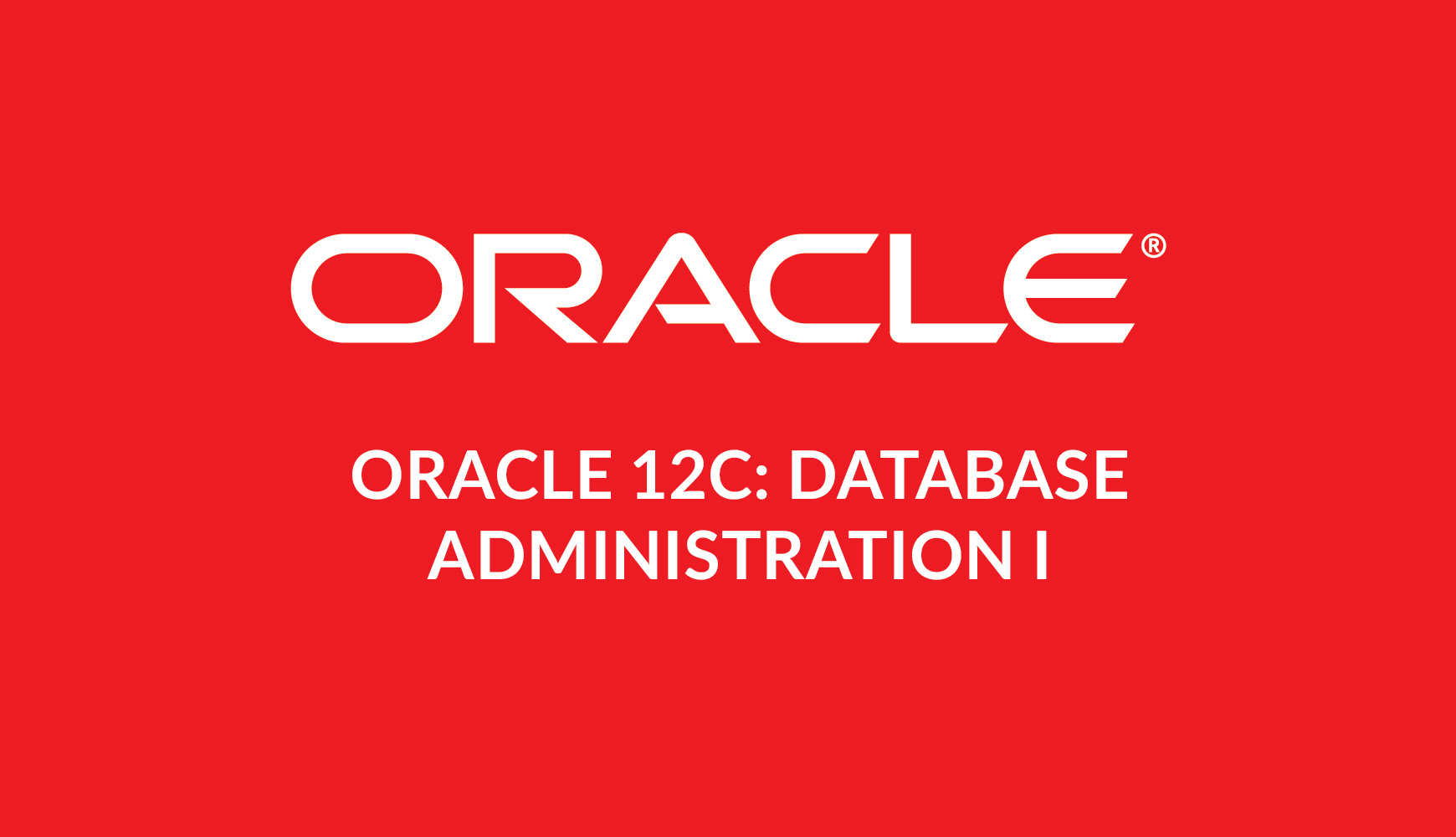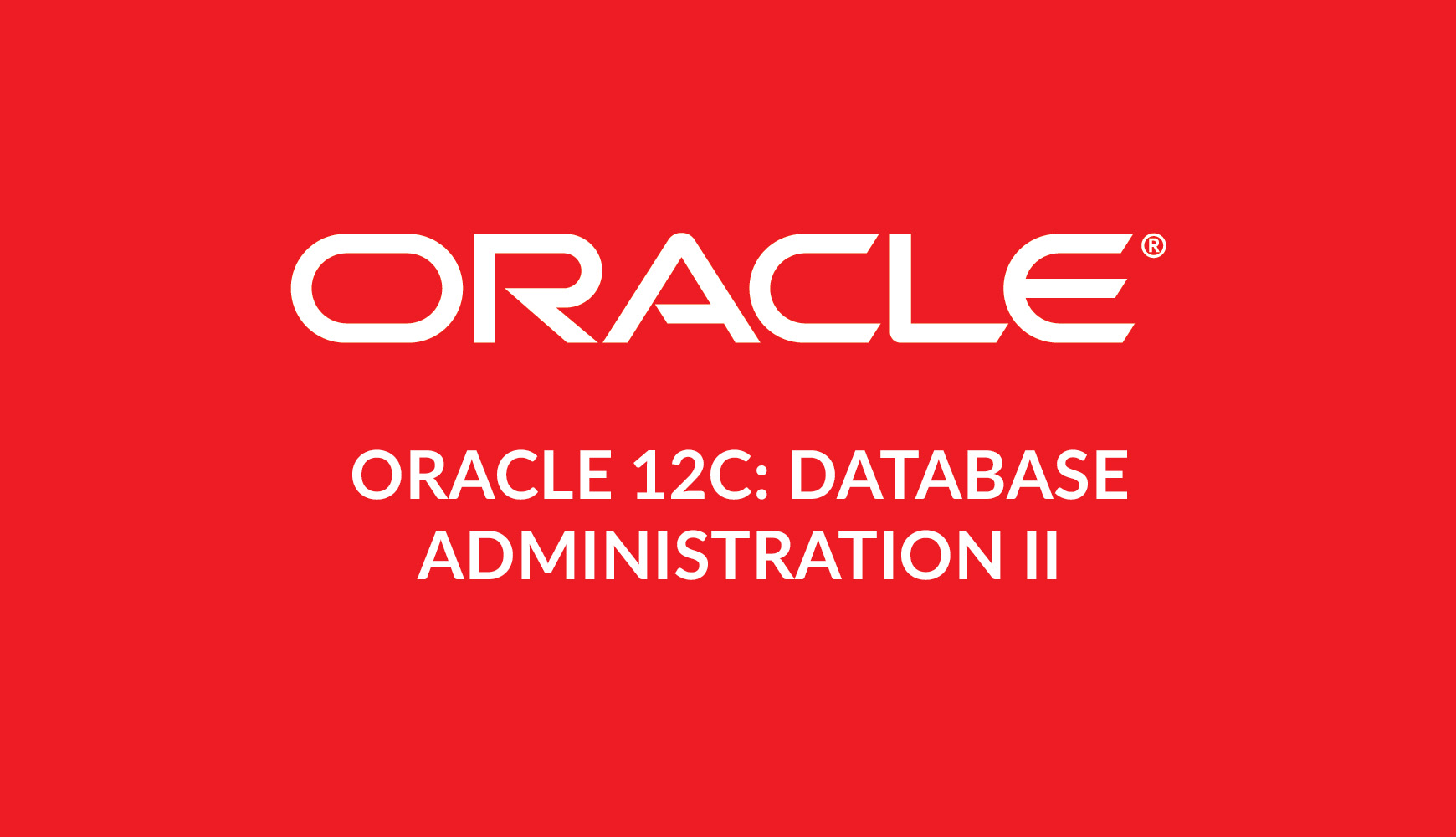Part 1 concentrates on creating a working environment. This includes installing the Oracle software and creating databases.Part 2 deals with managing critical database files. Topics explored are tablespaces, data files, control files, and online redo log files.Part 3 discusses configuring users and database objects, such as tables, constraints, indexes, views, synonyms, sequences, and so on.
Part 4 details how to create and maintain large database objects and partitioned tables and indexes.
Part 5 shows how DBAs use tools such as Data Pump, external tables, and materialized views to manage and distribute large amounts of data.
Part 6 takes a deep dive into backup-and-recovery (B&R) concepts. Both user-managed backups and Oracle Recovery Manager (RMAN) B&R are presented in detail.
Part 7 focuses on techniques used to automate database jobs and how to troubleshoot typical problems that DBAs encounter.
Part 8 describes how to implement and manage container and pluggable databases

After completing this course, you should be able to:
• Describe Oracle Database architecture
• Configure the database to support your applications
• Manage database security and implement auditing Manage database security and implement auditing
• Implement basic backup and recovery procedures
• Move data between databases and files
• Employ basic monitoring procedures and manage performance
• Manage resources and automate tasks
• Work with Oracle Support
